Interview: Michelle Chan and Qiuyan Tian of Art Loft
The founders of Asian contemporary art platform Art Loft tell us what art lovers can expect from them.
Tell us what Art Loft is all about.
Art Loft is a platform that features interesting Asian contemporary artists. We go beyond the artwork to share their creative process which often goes unheard. Through collaborations in both physical and virtual spaces, we hope to break down conventional barriers and encourage everyone to discover, learn and collect art.
Who do you work with?
We collaborate with art spaces, organizations and schools to build greater exposure for artists to showcase their works.
What does Art Loft have planned for the year?
During the month of December, we'll be collaborating with The Old Parliament House for our online charity initiative, For Art's Sake, on our website. Part of the sales proceeds from selected artworks will be donated to The Business Times Budding Artist Fund, an initiative of The Old Parliament House that seeks to provide art education to disadvantaged children and youth.
Any plans to hold a physical exhibition?
We do have an intimate, creative space in a shophouse along Mohamed Sultan Road, which we currently use as a showroom and for meetings with our partners and clients. In 2014, we're also looking at exploring a rotating gallery format to showcase emerging artists in different venues, including Design Hub and other spaces.
To view and purchase works, log on to the Art Loft website.
Advertisement
How do you know when you’ve written a piece that’s good to go?
As a playwright, I willingly surrender a lot of creative control to my collaborators—the script is not complete until it goes into rehearsal, and the play is not complete until it meets the audience.
Do you believe fairy tales were made by mischievously witty folk?
No, I think fairy tales were dreamt up by oppressive adults who wanted to scare or lull children into submission. In the same way, there is a kind of fairy tale aspect to a lot of religious and nationalistic texts, and very little of it is witty or mischievous. The Merlion, for example, deserves its own fairy tale.
How did you come up with Jack and the Bean Sprout?
I wrote this year's script based on a treatment that Desmond Sim did for W!ld Rice in 2006, re-using most of his characters, but more or less rewriting everything else, including the songs. I came up with that over numerous cups of coffee.
How would you describe your own writing?
For this musical, I've had to shift into a frame of mind that I don't normally use for my other plays, so I'm not sure I can give a straight answer. I guess the one thing that's been carried over is my attention to the way people speak and a tendency to constantly undercut myself. My writing is usually a lot less ‘cock’ than Jack, and I use ‘cock’ in a good way.
What are some of the most poignant things you’ve learnt about theater?
That the stage is littered with agendas and egos. But at the same time, I've learnt that in the final consideration, it's all for the audience. It's very humbling. I think shows make it or break it depending on the attitude the theater-makers take towards audiences, how generous they allow themselves to be from the very beginning.
How much theatrical talent is out there in Singapore?
A lot, much of which becomes absorbed into the legal business, the corporate world and the civil service.
Jack and the Bean Sprout is now on till Dec 14 at The Drama Centre Theatre. Various timings. Tickets at $45-$70 from Sistic.
Advertisement
Advertisement
Advertisement
Are you a big fan of horror yourself?
I love horror, and yes, despite performing in the most terrifying production, and knowing all the scare techniques, I’m still able to be scared. It’s all about investing yourself in the moment. If you allow your imagination to get involved, you’ll be scared.
What exactly is The Woman in Black about?
The Woman in Black is a spirit of a woman, that has an extremely malevolent influence on those around. A young man who has everything in front of him is sent to the old house, and encounters her. She has an extremely profound effect on his life, for the worse. That said, there is no 'baddie' in this story. In the end, you have so much empathy for The Woman in Black, because of her back story.
Are there any scare techniques used on stage but not in film?
I love horror films, but it’s a very different beast in theater. What theater relies on is your imagination, especially the way the whole play is set up, which is very simple, but very effective. Each audience member creates his own spooky house, his own horror story, whereas in film you can go and see the marsh, and walk around the house.
What’s your best memory in theater?
For me, my best memories have been with The Woman in Black. I saw the play when I was 15 years old, and was so taken with it that I wrote to Robin Herford (the director) and Susan Hill (the novelist), asking to put it on at school. I think that was the first amateur production of the play, and I played the same role I do now. The reactions from the students were so incredible. Now, I’ve played the same role for half my life, and I just love how the reactions from the audiences are so extreme, every time.
The show's been around for so long now. What about it still excites you?
I’ve done more than 700 performances of this show, and Robin has lived with it for 25 years. Something that keeps people coming back to it, is the incredible relationship between the audience and the actors. It’s important in all theater, but is something this particular play does extremely successfully – it creates a bond that results is such great reaction.
Do you think the show still does justice to the original novella by Susan Hill?
Absolutely, it’s very, very close – in fact when the story is being told there is not a word that is not Susan.
Three words to describe The Woman in Black?
Hilarious, dramatic and terrifying.
The Woman in Black shows at the Kallang Theatre Dec 11-15. Tickets are $58-$128 from Sistic.
Advertisement
What experience did you have of training back in Newcastle? Any painful moments (physically, mentally, emotionally)?
It was a big change going from taking ballet class three or four times a week to doing it all day six days a week. Physically, it took a couple of months for all the aches and pains to work through. Sometimes it was quite scary because as a young dancer I didn't know how to take care of my body, or what to do when my body started to hurt. It wasn't just ballet technique I was learning, it was the whole lifestyle of being a dancer.
What's the best scene in The Nutcracker?
My favorite scene in the Nutcracker is the snow scene. The music is the most magical in the whole ballet, and indeed some of the best ballet music going around. The way it comes together with the choreography and scenery, and finally when the actual snowflakes fall from the sky, it really takes your breath away.
How do you stay on top of your game when it comes to dancing?
Stress is one of the most dangerous aspects of being a dancer. Dancing is always a very personal thing. You are your instrument and if you’re having a bad day or receive some criticism (constructive or otherwise), you feel it because it is you that's out there doing it. This leads to stress and when you're stressed your body simply doesn't work as well, and the cycle continues and then you end up injured. To combat the stress I think it is essential to do things, other than dance, in my down-time.
Diet also plays a big part in staying healthy and on top of your game. People always assume that dancers have to limit what they eat but the opposite is true. If you were exercising over 40 hours a week you wouldn't want to hold back.
What’s the most challenging dance genre?
It's difficult to separate which dance forms are easier than any other because it depends so much on the individual dancer. Different dance styles require the dancer to do different things and certain physiques are more suited to one style or another.
I do however think that classical ballet is certainly one of the hardest. It takes years to get to a level where you can be professional. I have been professional for over 10 years and I'm still trying to improve. It's the challenge that keeps me dancing. You can never be perfect but that is what we are all working for.
In your eyes, what’s the holy grail of dance?
It's successfully connecting with the audience and leaving them feeling like you have taken them on an unforgettable journey throughout the performance. There is a lot of communication between the dancer and the audience even though the audience may not be aware of it. We can tell from the stage whether the audience is with us as we are dancing. If they are, we perform better and the audience enjoys it even more—and so it keeps feeding on itself. It is really special when the audience and the dancers are both contributing and it is these moments that I find the most special.
The Nutcracker performs at The Esplanade Theatre from Dec 4-8 at various timings. Tickets at $30-$70 from Sistic.
Advertisement
The last time I got seriously drunk.. it was probably at my birthday party. Not seriously drunk, but just a little bit. It’s part of the job.
When I am sober, I.. am probably playing soccer. Or I´m asleep.
Dance music is.. a culture more than a business.
Girls are.. diamonds’ best friends.
God is.. something deep inside.
I’d like to work with.. friends.
I’d like to sleep with.. common people.
Dance music is relevant because.. it makes people move.
Thomas spins Nov 30. Super O Season: The Return is on Nov 23, 30, Annex @ The Mill, 5 Jalan Kilang, www.supero.sg. $25-35 on the website and at the door.
Advertisement
How “Singaporean” is this musical revue?
Hossan Leong: Personally, I feel there's no need to find the "Singaporean" in this show because each song finds you. The audience will identify with each piece on a personal level, finding pieces of their lives in the lyrics. You can be from any country, any culture and still be part of this musical journey.
Robin Goh: Besides the fact that three of the cast members are Singaporean, not much. Of course, having Hossan Leong ups the Singaporean quotient considerably.
Are we similar to the French in any way?
HL: We love food. And if you speak Mandarin, we have similar vowel sounds.
RG: We are as alike as any human beings would be. We all have to eat.
Did you guys ever pick up the language?
HL: I started learning French back in 1988 because it was part of an electronics course that I was doing. Bizarre, right?
RG: I learned it in school, which is also pretty much where I left it.
What’s the biggest challenge doing the show?
HL: Trying not to make each other laugh.
RG: Being heard. The other three actors are very loud.
What do you like about French kissing?
HL: The emotion that's behind the kiss. It's very important. Otherwise, a kiss is just a kiss.
RG: It's wet. Enough said.
A French Kiss in Singapore is on Nov 27-Dec 8, 4pm, 8pm. School of the Arts Drama Theatre. $35-69 from Sistic.
Advertisement
How did you come up with the name?
Pythagoras was supposedly the first philosopher, but he was also the founder of a religion, where the disciples had to listen to their master's teachings from behind a screen or a veil of curtains so that one was able to focus entirely on just the voice without any visual distraction. This was the starting point, or the organizational principle for this exhibition.
How was it conceptualized?
The show is essentially built around four works. The first is a 2009 piece called “NEWTON” (named after the scientist), the second is a six-minute fragment which I extracted from my 2009 work called “EARTH”, and which I renamed MILTON (after the poet of Paradise Lost). The third is a 2013 piece called “GOULD” (after the pianist), and the fourth is the new video work made for this exhibition, called “PYTHAGORAS”, which involves the projection of curtains onto a set of automated curtains. Then I worked on creating a system which allows me to show all four works in a single space, choreographed in such a way that they resonate and react with one another.
Tell us more about the video piece.
I find curtains to be highly fascinating objects. They are screens that veil but are, at the same time, screens for the projection of desires. They make known the presence of wind, passing through openings and cracks. But I'm also obsessed with the voice—voices in the head, voices hidden behind veils, disembodied voices, voices of authority and trickery.
What fascinates you as an artist?
I'm interested in sensations that can't be named.
PYTHAGORAS is on through Dec 15. Michael Janssen Gallery. Free.
Advertisement
Got a taste for artisanal fare? Here are some more local handmade products we love.

 |
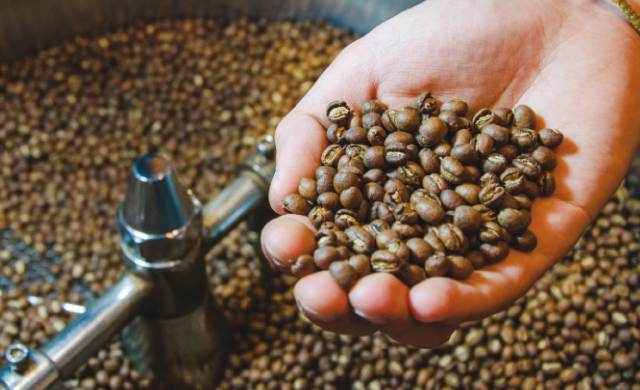 |
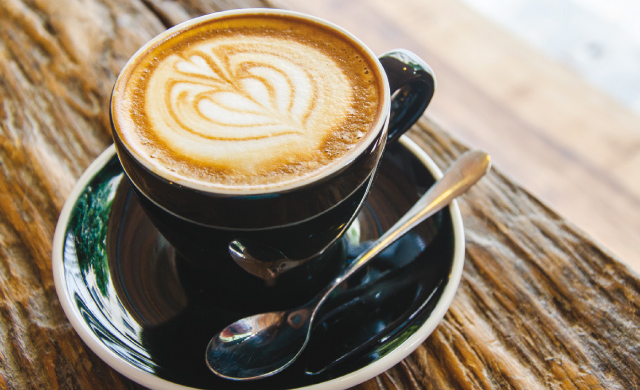 |
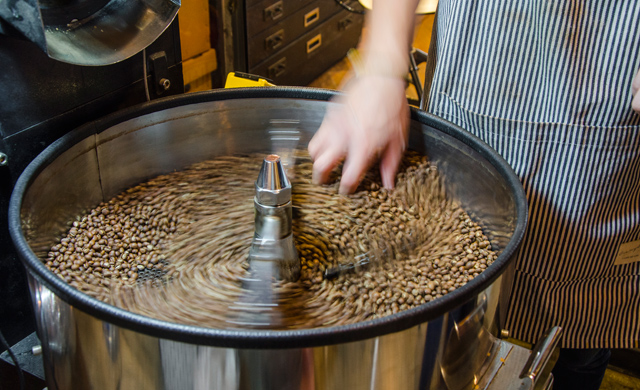 |


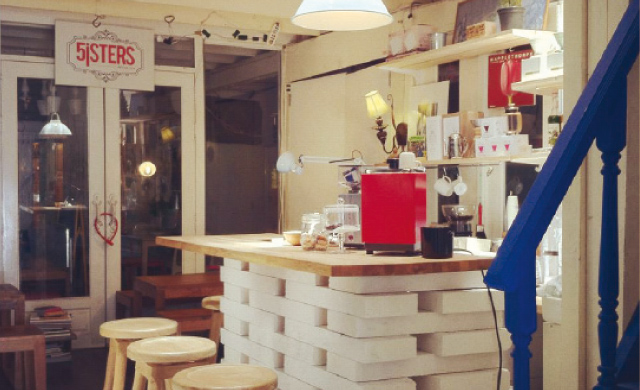
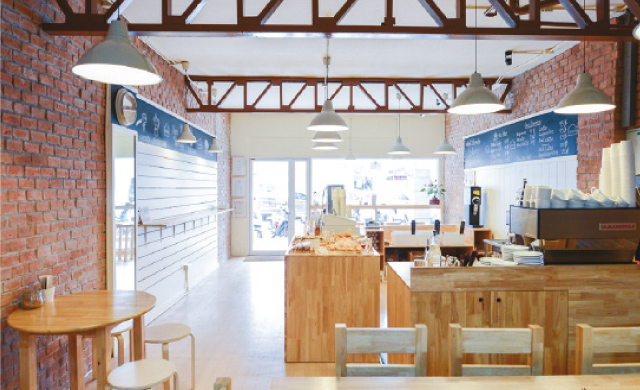



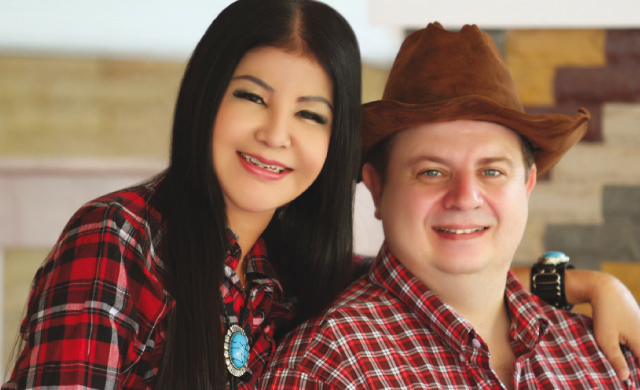 |
 |
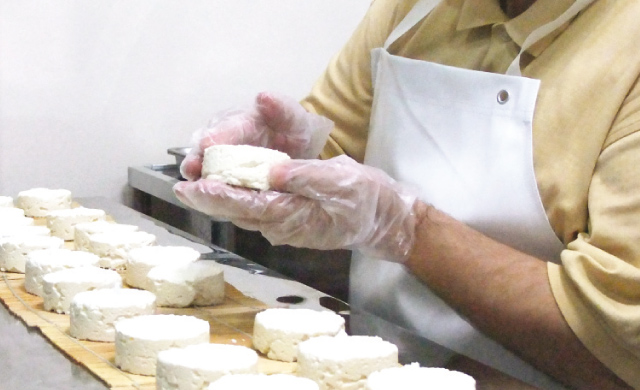 |
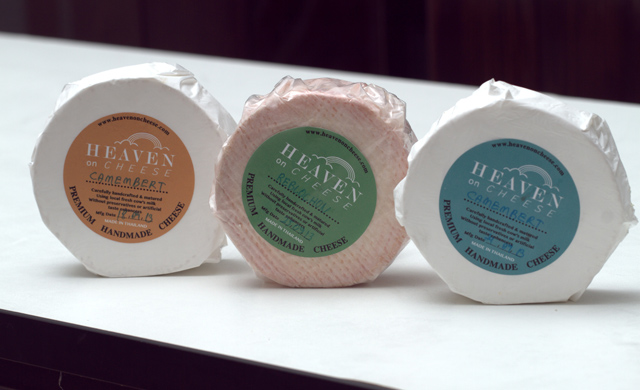 |


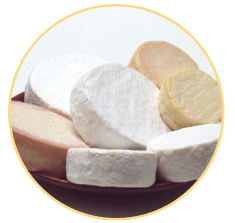 |
Ingredients :
1 liter of heavy cream
1 liter of milk
¼ cup of fresh squeezed lemon or lime
1. Heat heavy cream and milk in waterbath or double boiler to 85 degrees Celsius.
2. Add the lemon/lime juice and stir well.
3. Rest for 20 minutes.
4. Put the resulting curds in a cheesecloth-lined colander and drain.
5. Hang the cheesecloth with the ends tied up for 1-2 hours (or until the curds stop draining). You can add salt depending on taste.
6. Refrigerate and enjoy.
|


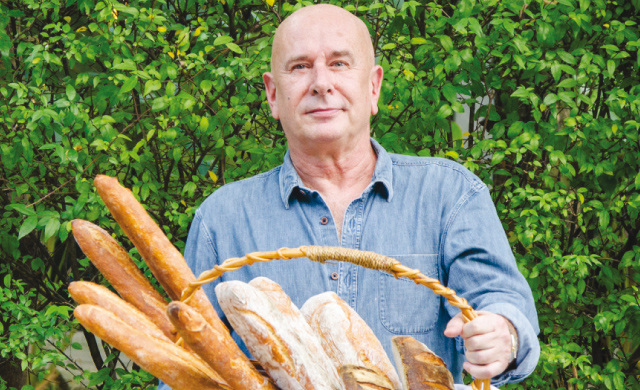 |
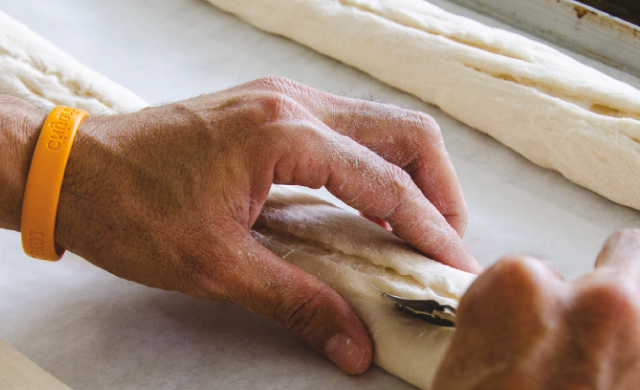 |
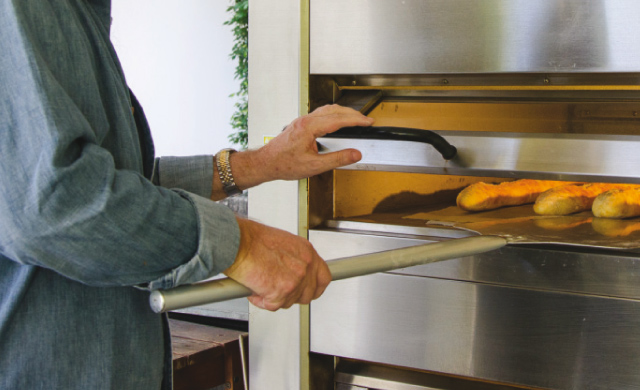 |
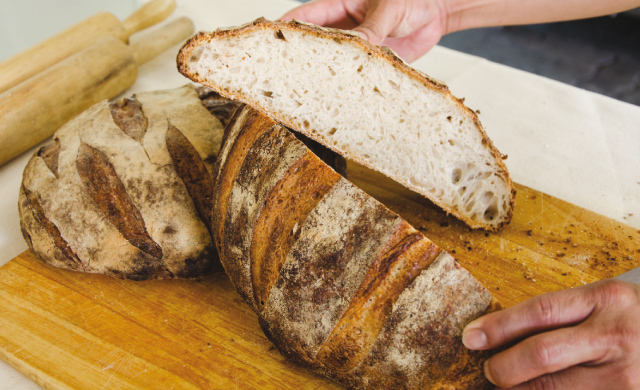 |



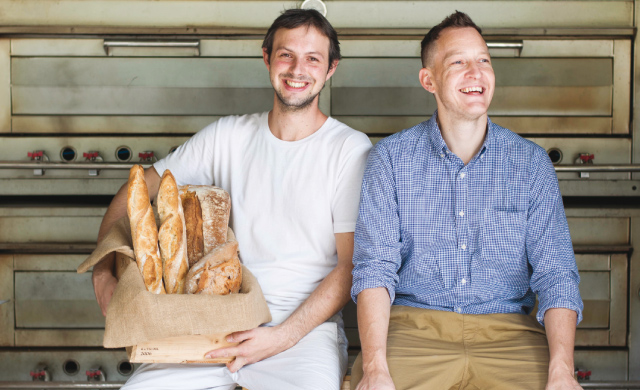 |
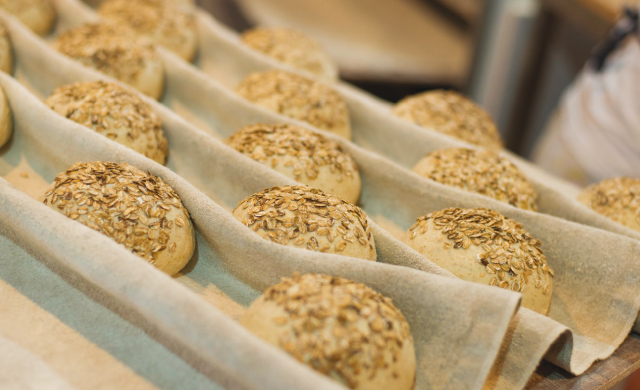 |
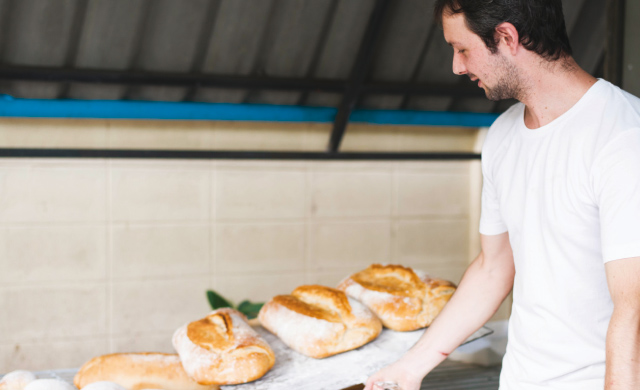 |
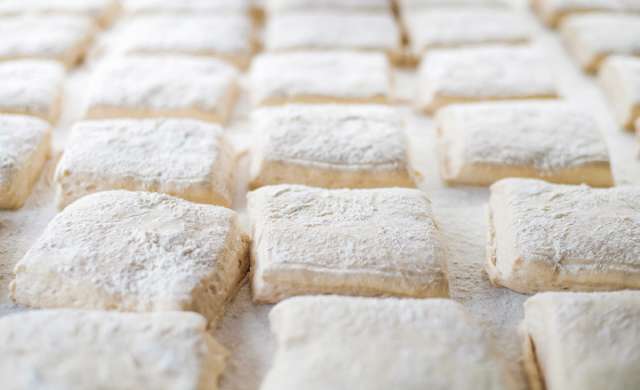 |


|
1. Mix the starter with water, flour and salt. Let it rest. Don’t add sugar. |
2. Over the course of three days, regularly shape and fold the dough. Because sourdough starter is much less powerful than industrial yeast, it takes a long time to make the bread rise.
|
3. Shape the dough.
|
|
4. Put it in the fridge for 15-30 hours to develop flavor and texture. |
5. ake it in the oven for around 50 minutes on an oven-proof plate. |
6. Enjoy. |


 |
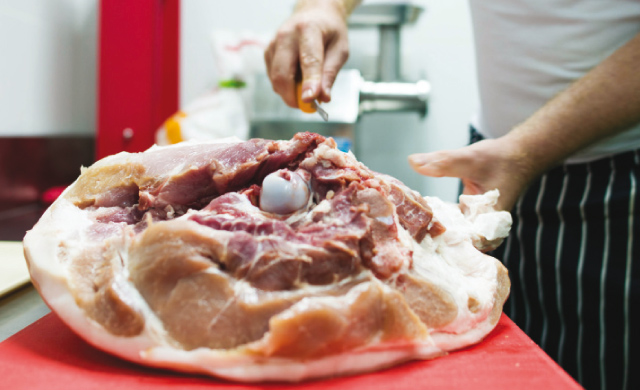 |
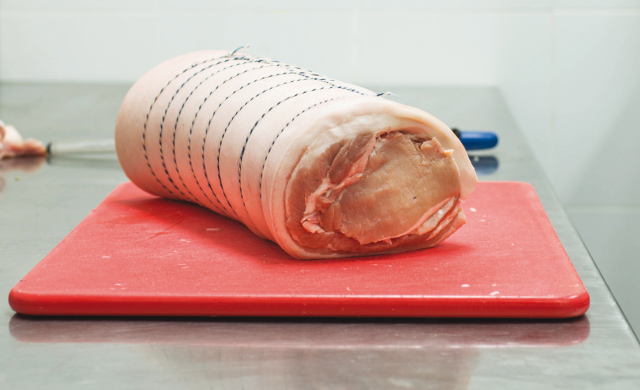 |
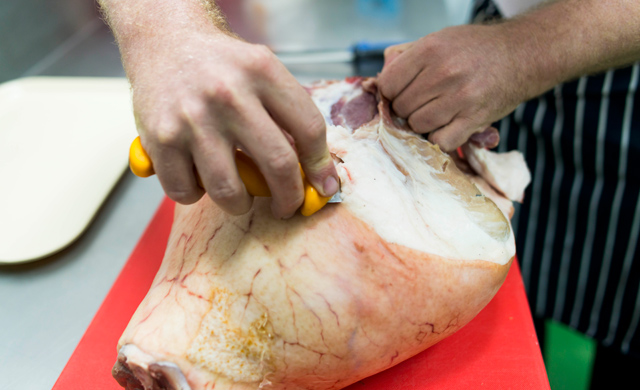 |

Advertisement